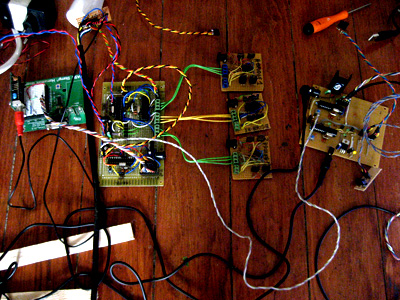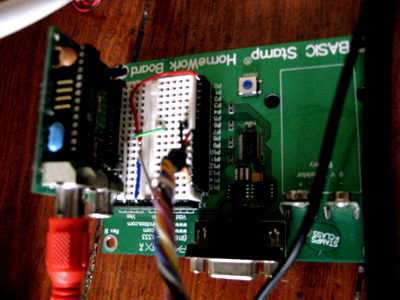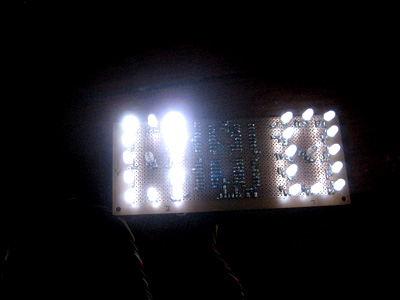\\//
»
since 2007
Installation
Pong - The analog arcade machine
Arcade machine, 2 analog joysticks, 2 tvs, coin dispenser, 5 diy arduino based network, 26 led score display, 2 motors, 2 fans, 4 optocoupled h-bridges, 2 printer head mechanics, hair dryer, 2 infra-red sensors, 4 switches, 2 potenciometers, button, 220v 5v relay system, 2 fluorescent lamps, 8 power supplies, wood structure, video camera
Installation / 2007
»
Presentations
December of 2007, 15 Years of Ernesto de Sousa Fellowship, Lisbon
March of 2008, Artist Open Studio, Lisbon
March of 2008, Miguel Nabinho Gallery, Lisbon
December of 2009 - May of 2010, Laboral, Gijón
June - August of 2010, iMal, Brussels
Abstract
Pong is an analog recreation of the 70's Atari arcade video game , relating the new technologies available for developing artwork and an investigation on physical interaction and natural processes. The recreation of a lengendary game reflecting today's new media, post-digital and diy art creation.
Concept
Made by Atari and released in 1972 the Pong game was the first video game to achieve widespread popularity in both arcade and home console. Since then and more lately history is been giving it the full credit for having launched the initial boom in the video game industry. This game can be seen as the first world known digital interactive experience, my idea was to re-build it using a different approach and excluding some of the stiff reaction that the programming algorithms had, replacing them for physical ones, more precisely the use of wind to control a light ball, for example, a ping pong ball. For it's operation method i'm using mechanical hardware instead of being solely a digital piece.
Hardware used
In some of my latest projects i've been using a policy of recycling old obsolete hardware, using "dead-media" as the basic hardware for developing my projects, for this one the most important parts in the operation method are old A3 printers, taking advantage of their mechanical sliding axis system, and replacing the printer head with a 12cm computer fan which is being used as the raquet that pushes the ball back.
The motors and most of the sensors and switches used were also taken from old printers.
The arcade machine was bought cheap from an arcade games dealer.
The arcade machine
This is a two pieces installation
the main piece is a self-made wooden structure where all the physical action of the game occurs, the game area seen on the arcade main monitor through a video camera. This structure also hosts all of the electronics behind it's working method.
the other piece is the traditional arcade wooden box with attached analog joysticks, buttons, coin dispenser and 2 tv screens, one showing the graphics and another with the game view.
B
oth pieces are connected through a cable.
The two joysticks will be attached for controling the movement, up and down for the left and right motion of the fans, left and right for the amount of the wind power blown by the fans.
Game step-through
the game starts after inserting one coin and pressing one button, both the score numbers will flash on zero, the ball is released in the game
and both joysticks activated to let users play it, the scoring is increased as the ball falls off one of the ends of the table, replaced on game and carriing on until one player reaches nine points.
Supported by
Ernesto de Sousa Fellowship
http://www.ernestodesousa.org
Laboral - Centro de Arte y Creación Industrial
http://www.laboralcentrodearte.org
Article on Rhizome
http://rhizome.org/editorial/fp/blog.php/562
Article on We Make Money Not Art
http://www.we-make-money-not-art.com/archives/2010/01/playlist-when-video-game-gets.php
»
19.12.2008 - 17.05.2010
Installation
Prototype #2
Arcade machine, 2 analog joysticks, 2 tvs, coin dispenser, 5 diy arduino based network, 26 led score display, 2 motors, 2 fans, 4 optocoupled h-bridges, 2 printer head mechanics, hair dryer, 2 infra-red sensors, 4 switches, 2 potenciometers, button, 220v 5v relay system, 2 fluorescent lamps, 8 power supplies, wood structure, video camera
featured in the exhibition:
Playlist - Playing with games, music and art
http://www.laboralcentrodearte.org/es/615-artistas-y-proyectos
Laboral - Centro de Arte Y Creación Industrial
http://www.laboralcentrodearte.org
curated by:
Domenico Quaranta
|






»
28.03.2008
Installation
Prototype #2 - Championship Night
Arcade machine, 2 joysticks, 2 tvs, coin dispenser, 5 diy arduino based network, 26 led score display, 2 motors, 2 fans, 4 optocoupled h-bridges, 2 printer head mechanics, hair dryer, 2 infra-red sensors, 4 switches, 2 potenciometers, button, 220v 5v relay system, 2 fluorescent lamps, 8 power supplies, wood structure, tripod, video camera
Upgrade!
Lisboa 20 Gallery
Lisbon


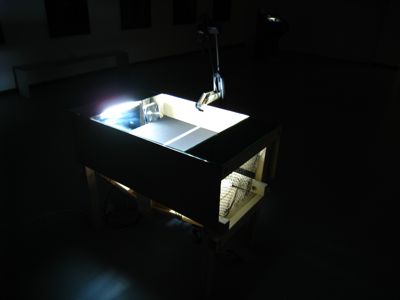

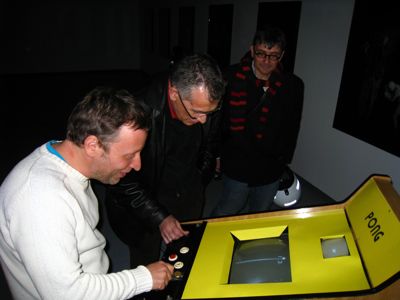

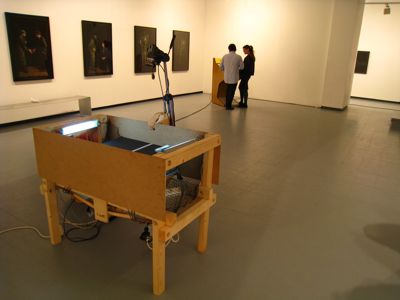
»
09.03.2008
Installation
Prototype #2 - Beta Test Open Studio
Arcade machine, 2 joysticks, 2 tvs, coin dispenser, 5 diy arduino based network, 26 led score display, 2 motors, 2 fans, 4 optocoupled h-bridges, 2 printer head mechanics, hair dryer, 2 infra-red sensors, 4 switches, 2 potenciometers, button, 220v 5v relay system, 2 fluorescent lamps, 8 power supplies, wood structure, tripod, video camera
Artist Studio
Lisbon
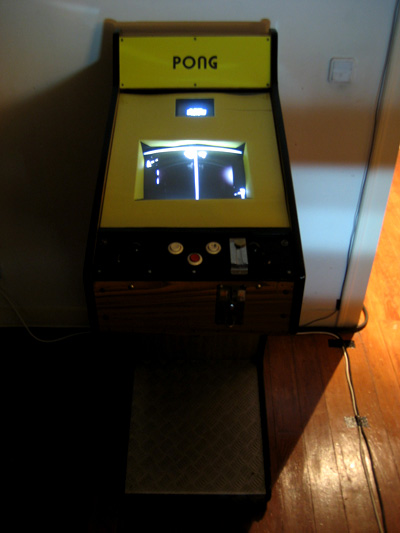
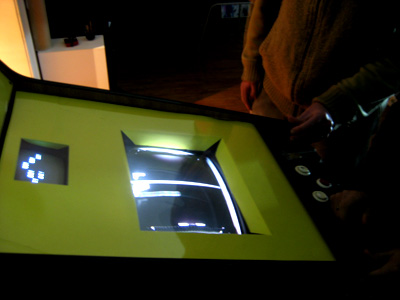
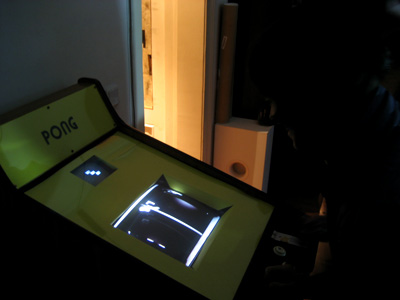

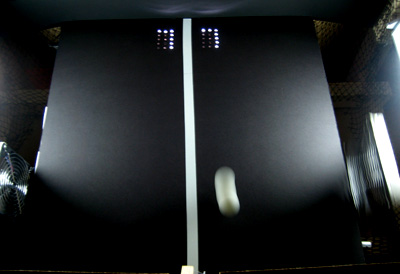
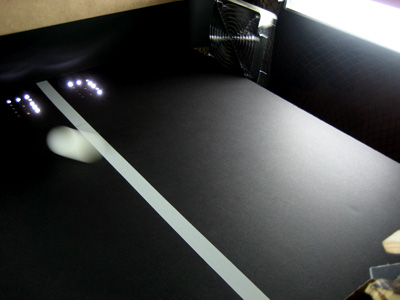
»
12.2007
Installation
Prototype #1
Arcade machine, 2 joysticks, 2 tvs, coin dispenser, wiring board, 26 led score display, 2 motors, 2 fans, 2 printer head mechanics, hair dryer, 2 infra-red sensors, 2 potenciometers, button, 220v 5v relay system, 2 fluorescent lamps, 8 power supplies, wood structure, tripod, video camera
15 Years of the Ernesto de Sousa Fellowship
Avenida 211
Lisbon
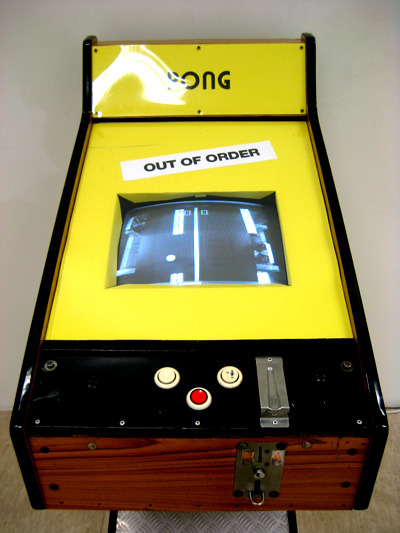
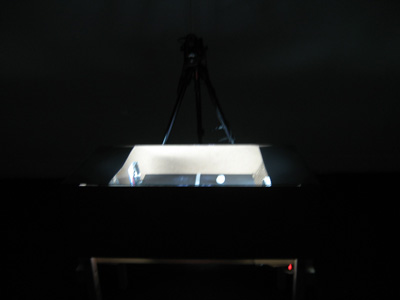

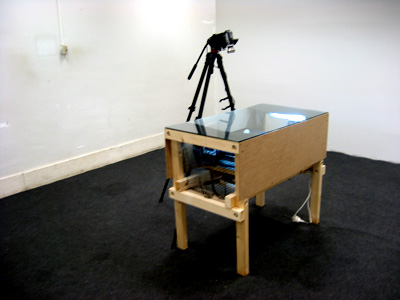
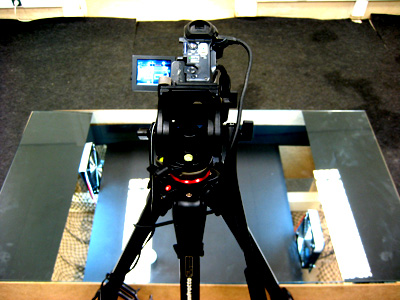
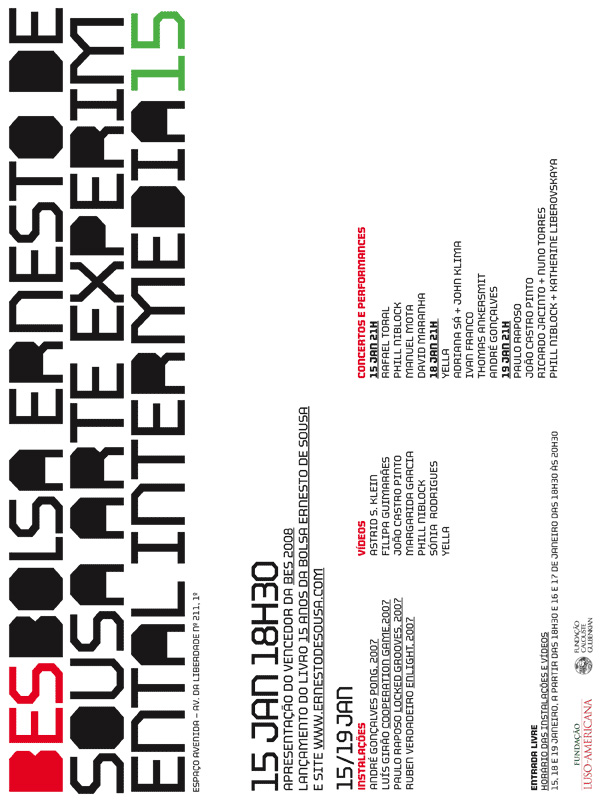
»
01-02.2008
Development process
Prototype #2





